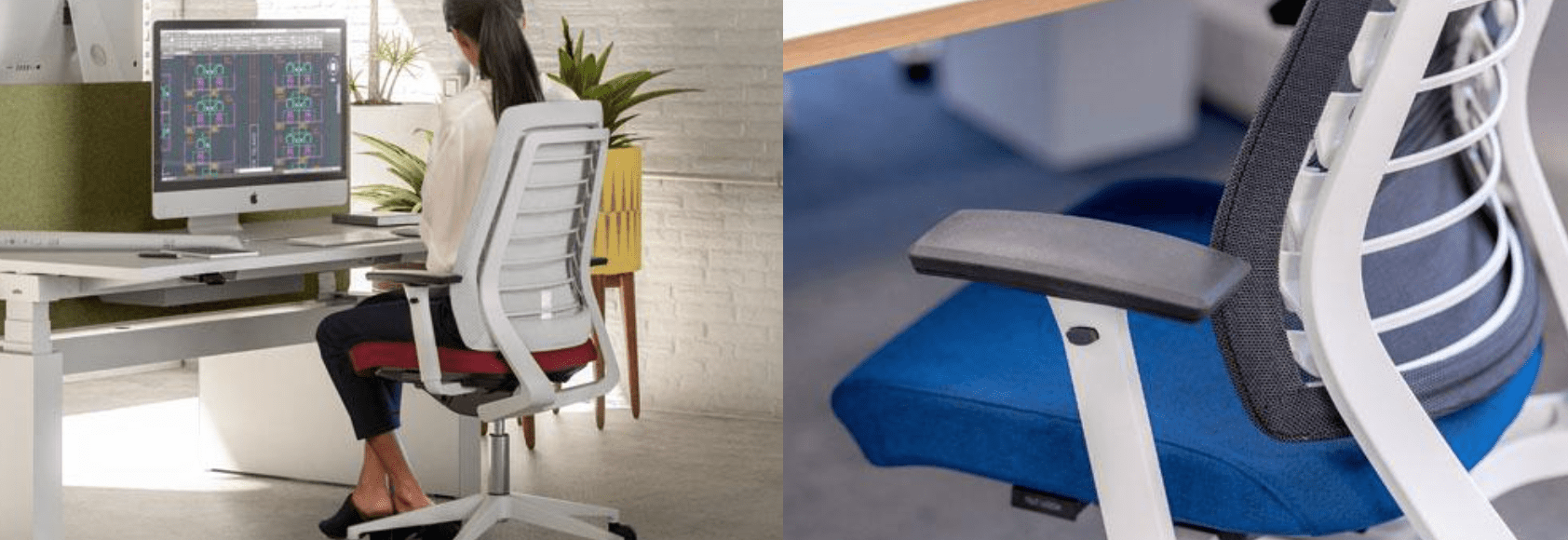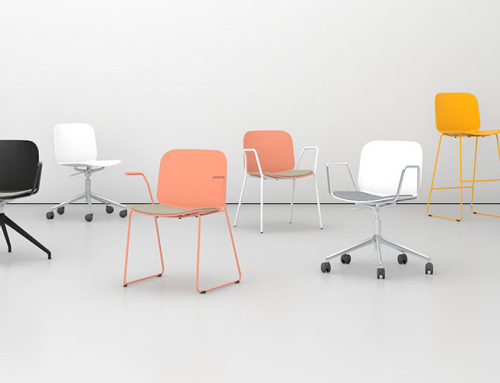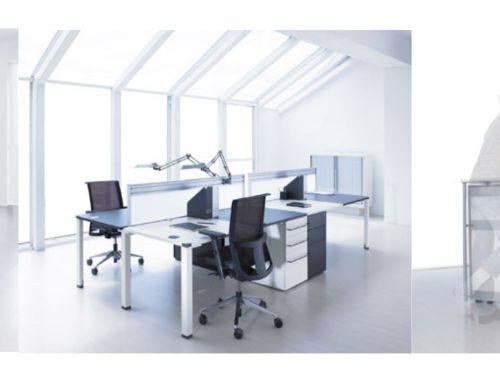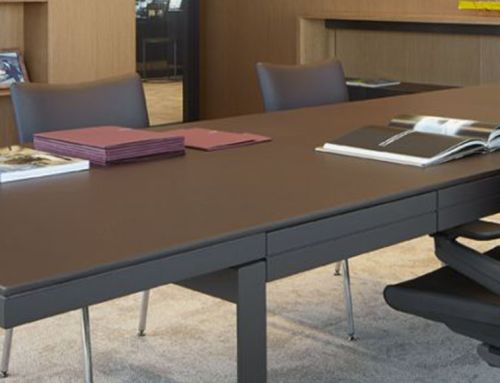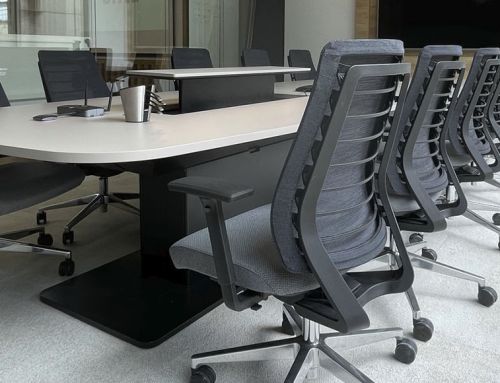77% of teleworkers aren´t comfortable with the work chair used at home and 93% would change their home chair for the chair they have at the office. These data highlight the importance of ergonomics when selecting work furniture, especially the chair. What is ergonomics in a chair?
The vast majority of homeworkers are already suffering the effects of sitting in an inappropriate chair for 8 hours a day. Visual fatigue and carpal tunnel syndrome caused by repetitive movements are two of the most common ailments, although, without a doubt, lower back and neck pain caused by poor posture in front of the computer are the most frequent issues.
Ailments associated with not working in an ergonomic chair
According to an Ofita study of work ergonomics, more than 60% of workers complain of back pain, 17% of muscle pain in arms and legs, and 45% report working in positions that are painful or that cause fatigue.
Taking care of the way we sit, maintaining a comfortable posture or establishing breaks for walking or stretching are some of the routines that we have to incorporate into our work at home.
What is an ergonomic chair?
Without a doubt, the most important thing is to have an ergonomic chair. What does that mean? An ergonomic chair is one that adapts to its user, catering to the variety of individuals, and not the other way around.
Ergonomics is the set of scientific knowledge applied so that work, systems, products and environments are adapted to the physical and mental capacities and limitations of the person.
The main characteristic that differentiates an ergonomic chair from a “normal” chair is the position in which our back is when we are using it and that allows us to “be seated in motion”.
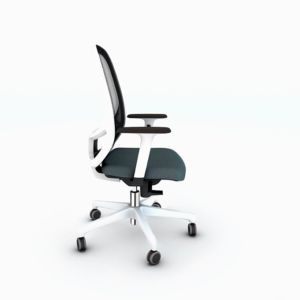
Like by Ofita
An inappropriate chair makes our body adopt a posture in which the thigh and the spine form a permanent angle of around 90º, forcing our spine to conform to a static position in which we completely lose the ability to stretch the lumbar arch.
On the contrary, the ergonomic chair forces us to adopt a more dynamic position in which our thigh and our spine form a much more open angle and favors the natural position of the lumbar arch.
The seat of an ergonomic chair: features
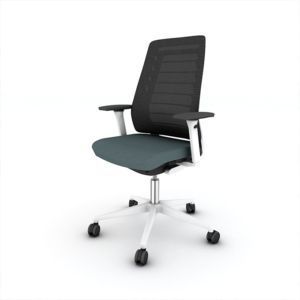
Hara by Ofita
The perfect seat is the height-adjustable seat. The chair must be positioned relative to the desk depending on the height of the person using it. Therefore, a good office chair should have a lever that regulates it.
Another important detail is that the front part of the seat must have a downward curve so that it does not press the back part of the knees and the blood can circulate without problems
The seats must not be excessively soft; they should be comfortable but provide firm overall support.
Ergonomics in the chair, how should the backrest be?
The backrest of a quality ergonomic chair must be reclinable, adapted to our spine, and offer support to the lumbar area. The best office chairs are those that facilitate the stretching of the lumbar arch and for this, the most appropriate are those that are made of firm, but flexible materials.
A perfect example are our most ergonomic chairs: Dhara, Like, Mya, Hara, Fortis, Play, Bossa … Some can already be found in our online store.
The backrest should allow us to adopt an upright posture, supporting the entire trunk, and in particular the support of the lumbar area is especially important. It must also have a certain curvature, viewed from the side, to adapt to the shape of the back.
In addition to these requirements, it is very important that the office chair incorporates a synchronized system. It is the one that allows the backrest to tilt in a synchronized movement with the seat, favoring the natural movement of the body and preventing us from spending many hours in the same position.
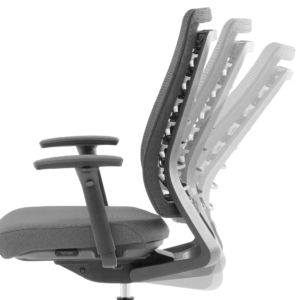
Armrests, essential in an ergonomic chair
The armrests are essential for supporting the forearms. They have to be made in such a way that the arms, once supported, form an angle of 90º. They should also be far enough apart so that the person can fit comfortably.
They must be shorter than the front edge of the seat to allow us to bring the chair close to the desktop. Also, they should be thick and should not have sharp edges.
